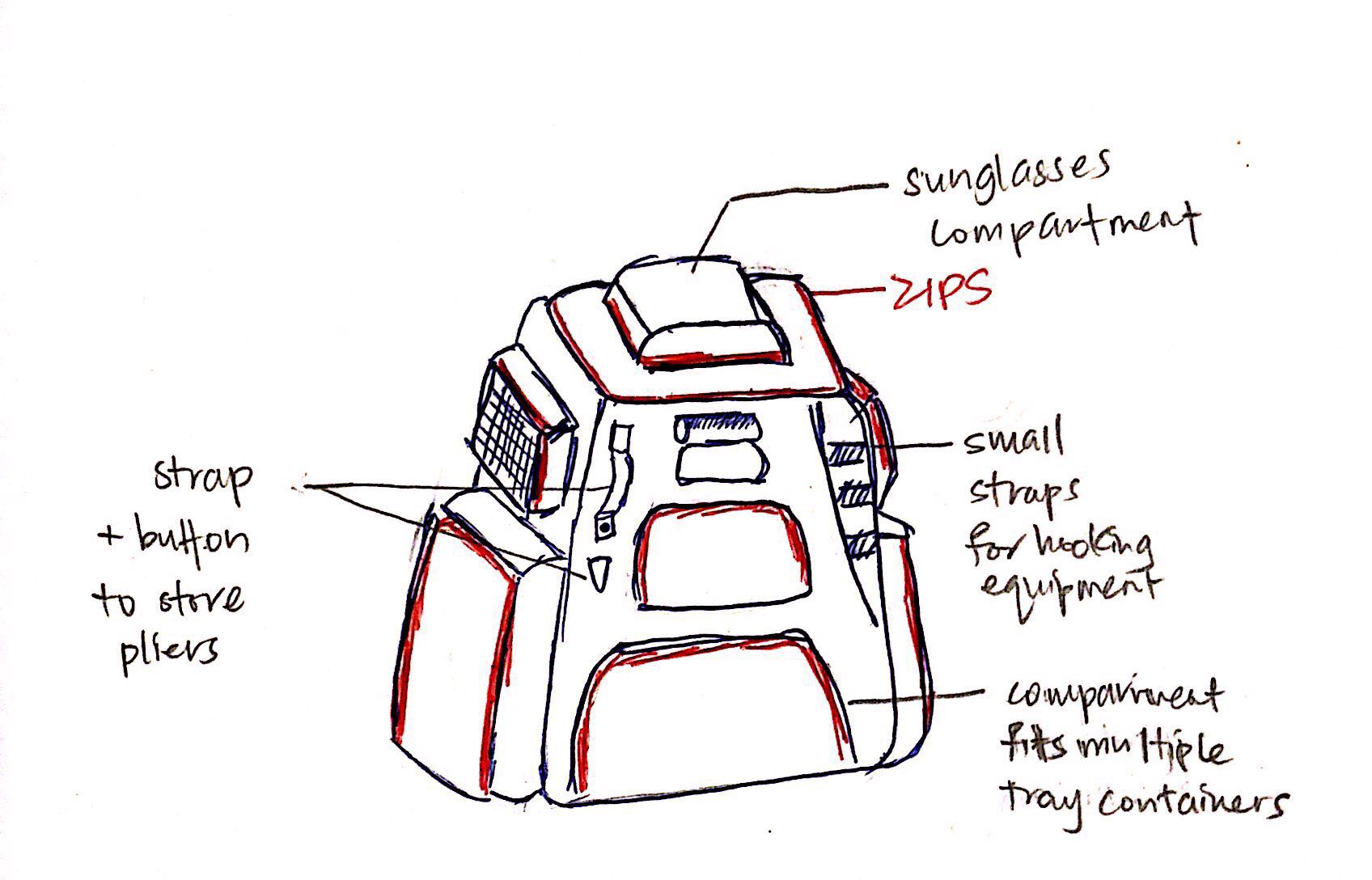By Ang Xin Yee and Rachel Teo

Print documentation:
https://drive.google.com/open?id=1bhrszCpynp39sqy8K-QTF0_G5rMJLFrC
Online documentation:
http://bit.ly/4225ohwax
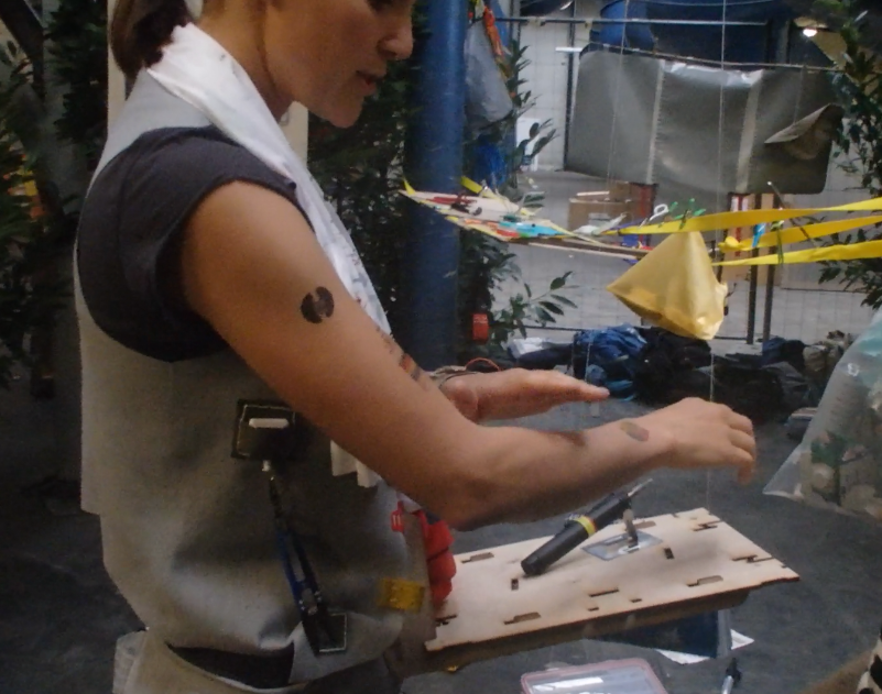
Based on work by Hannah Perner-Wilson, Andrew Quitmeyer, Rad students, and more!
By Ang Xin Yee and Rachel Teo

Print documentation:
https://drive.google.com/open?id=1bhrszCpynp39sqy8K-QTF0_G5rMJLFrC
Online documentation:
http://bit.ly/4225ohwax
I have been a fan of Nguan’s Instagram photo style since a few years ago. Attending this artist talk allowed me to have a deeper insight into his thinking process. Before attending the talk, I had thought that he used filters in post-processing digital photos. However, he revealed that all photos were not post-processed at all – besides the square crop – but only overexposed 3-5 stops on his film camera. This revelation made me even more impressed with his photography style.
It was interesting to see various wearable designs as well as household appliances transformed with technological advancements
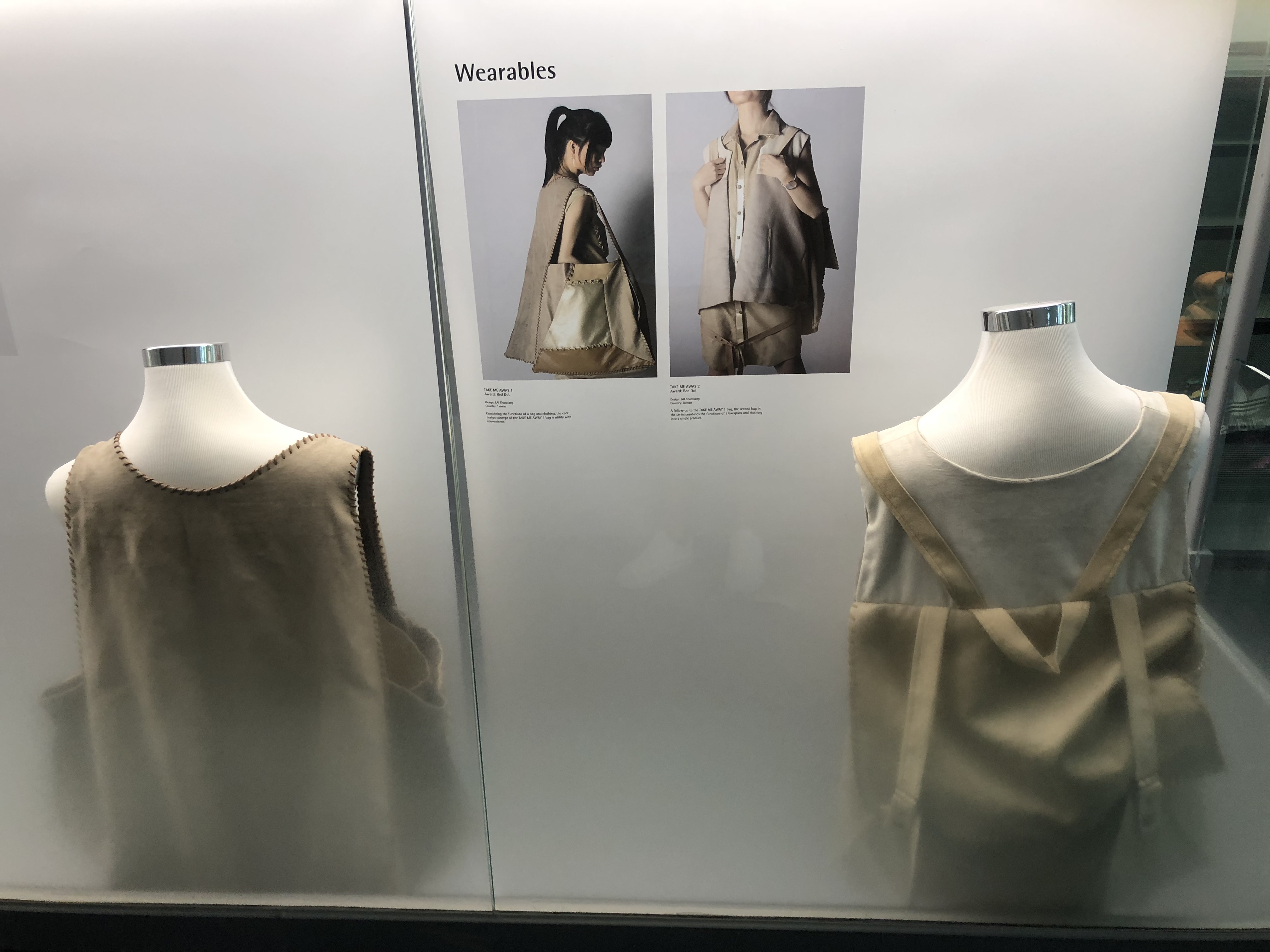
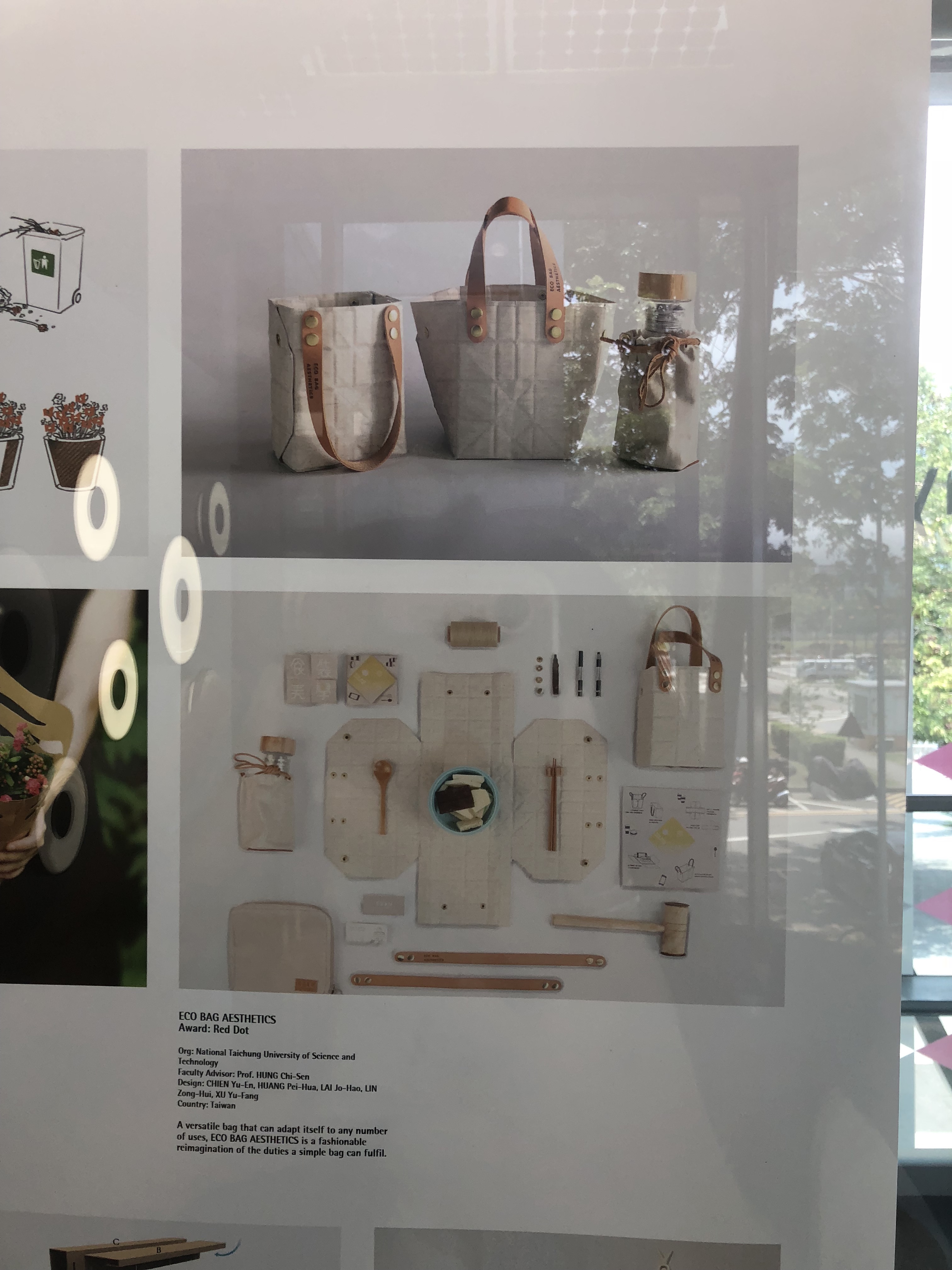
The practitioner explained how her current research of how the eye perceives colour will be materialised as a painting. She demonstrated using acrylic gouache as her medium. Although she is trained to look at colours and its values by eye, she still uses her phone, to desaturate a photo taken of the colours she’s comparing, to double check the values of each colour.

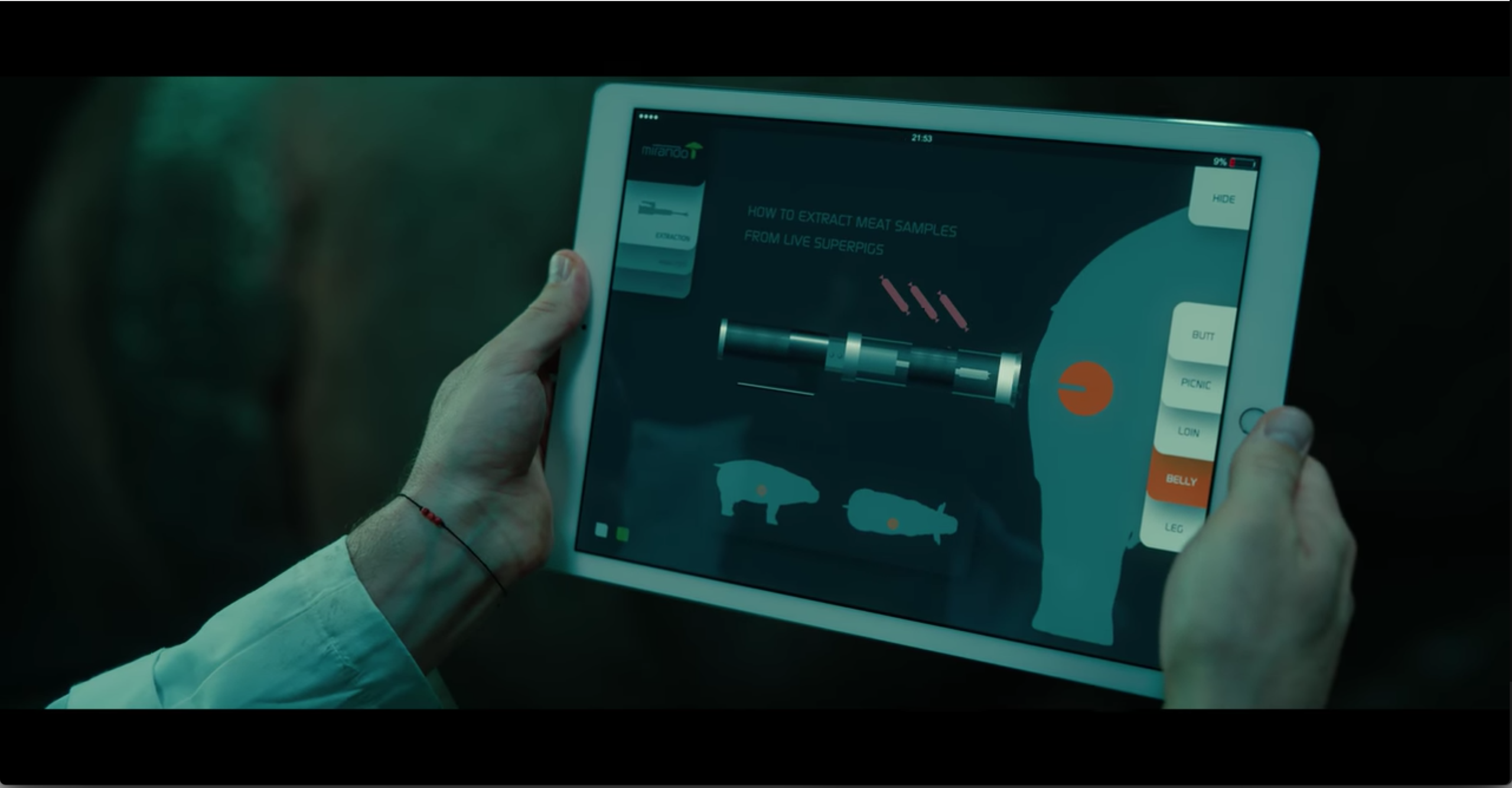

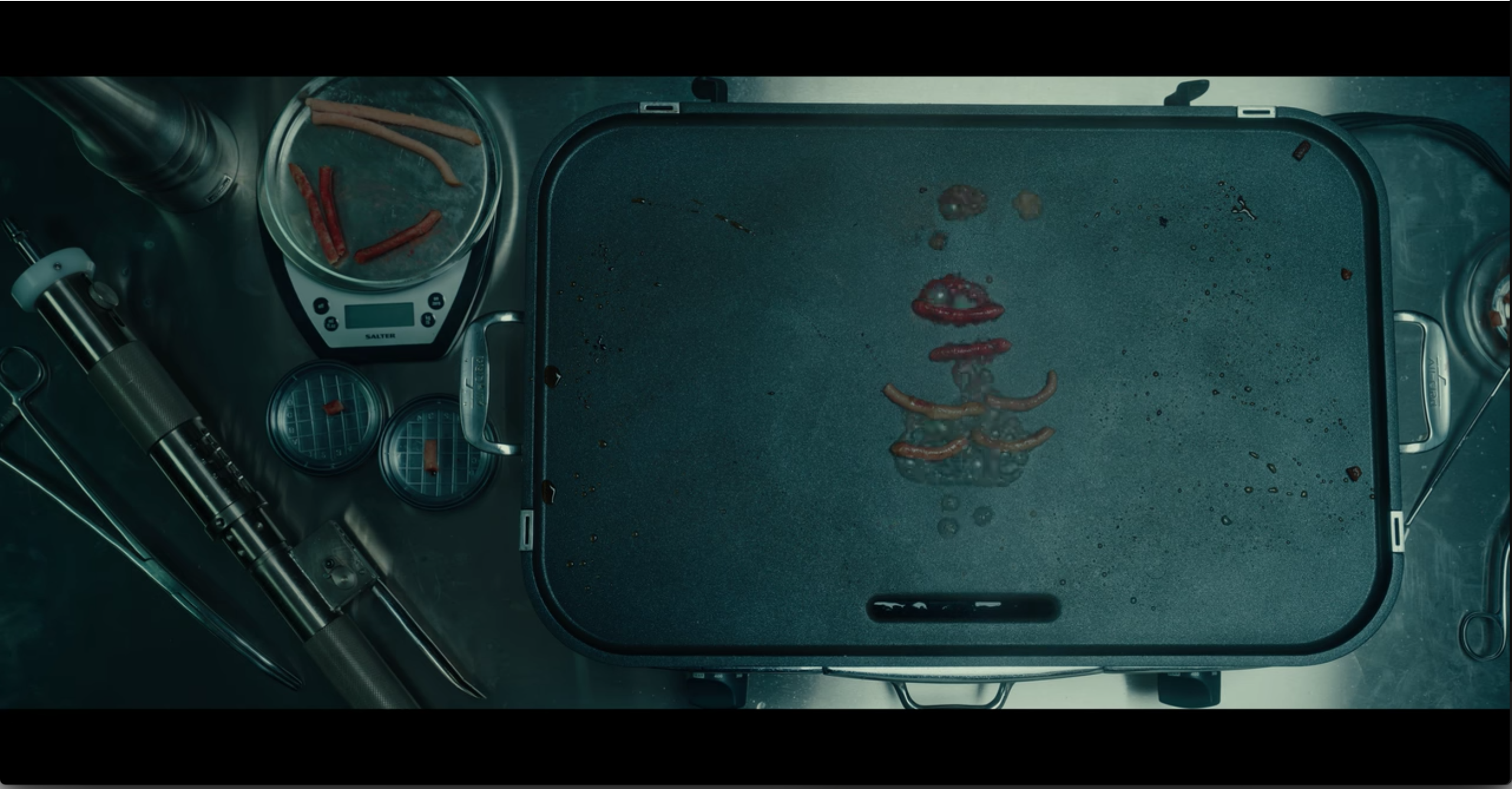
The movie that we watched together was Okja. One small design decision that was incorporated was a meat extractor gun, used to extract meat samples from live pigs (in this case, superpigs), without killing its subject. The procedure was briefly explained to us via the iPad scene, where visual instructions were displayed on the screen; and the end product was shown in the following scene to give a complete visualisation of the futuristic product that was introduced. It other than the main movie detail of the “superpig”, the introduction of this device allow us to understand that the movie’s storyworld is different from the world that we are living in.
OHWAX’s Story World
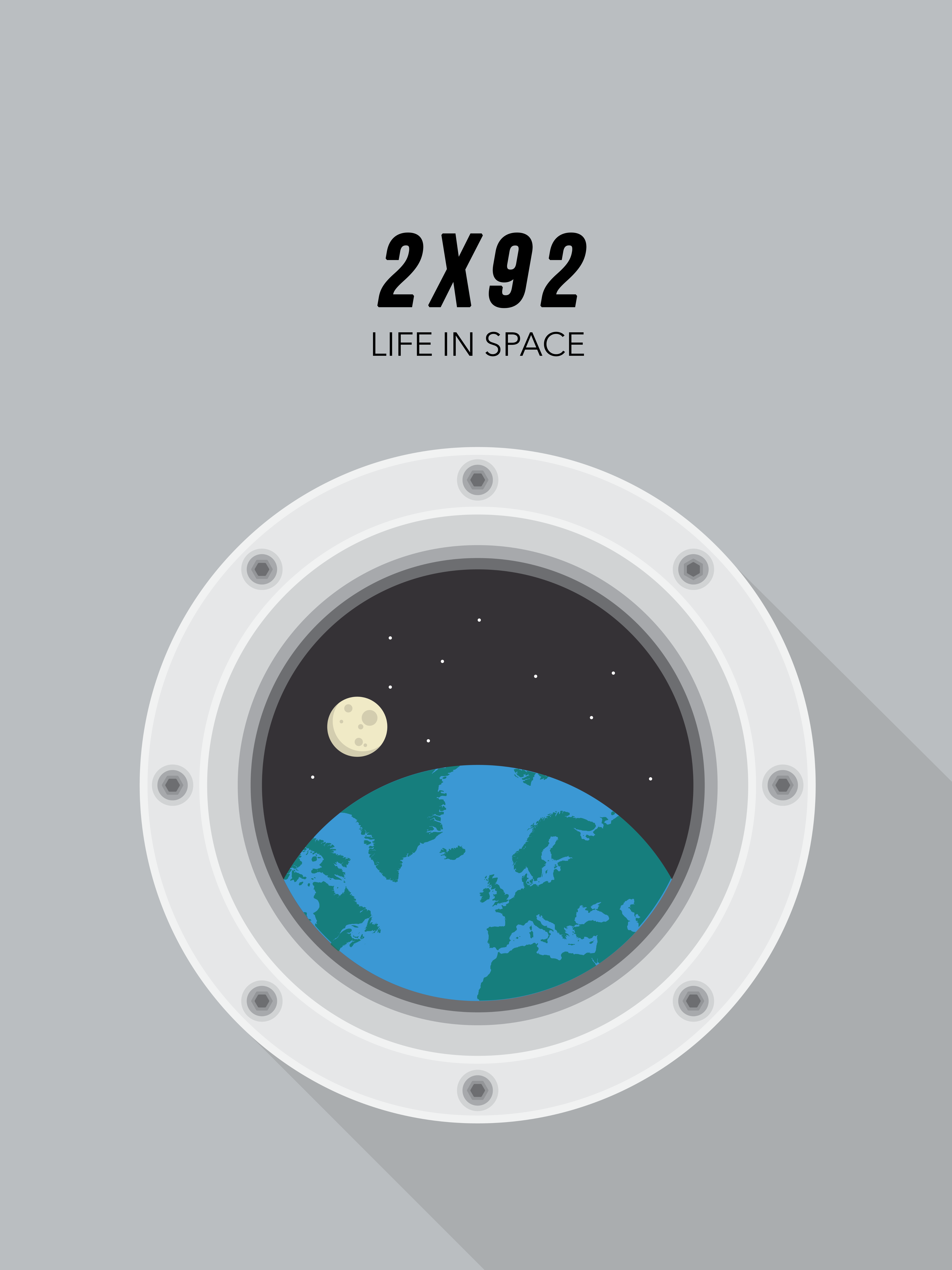
In the year 2×92, we now live on an orbiting space shuttle that’s approximately 180,000 miles away from Earth. A glance out of my window and I can see the beautiful planet that we once inhabited. Though I heard it used to be even more beautiful. I learnt that Earth was once a place filled with so much nature and life. After that catastrophic event in history, Earth was left uninhabitable, and everyone pretty much escaped into space.
My guess is that the governments then pretty much predicted it coming, there’s no way that they managed to create such a large scale, fully functional, liveable, space stations in a short amount of time. We were never educated about what happened. The older ones never spoke a word about it, it was against the rules to do so. There are eyes and ears everywhere.
Today is just like every other day, I am fully packed with appointments, and I can only hope I have spare time in the middle of the day to grab a bite, unlike yesterday. Don’t get me wrong, I love my job, waxing is something I enjoy doing, but travelling is such a chore. I heard that in the past, businesses operate via stationary shops. But due to the lack of space, businesses and professions became mobile. We bring the products and services to customers instead of them having to come with us. I’m lucky though, brow waxing does not require much equipment, everything fits into my handy little bag-pack. I don’t always visit homes, I sometimes do brows-on-the-go too, on trains when anyone needs a quick-fix when they are on the way to an important event.
It is 2035 and Amy, labelled the future Heidi Klum, is travelling around the world for the World Fashion Month. Since the only time for rest during their hectic schedule and when they are traveling, only during then can beauty treatments be done. Thus, there is a specific plane for all models to take: Beauty Airlines. In this company’s planes, models can receive facial treatments, body massages, beauty services and have all their other needs met by services on the plane. Every seat will have a control section for the all services they need and more than one service can be used at any time by just pressing the buttons.
Amy requires a waxing treatment on her flight today. As soon as the plane takes off, Amy presses the ‘waxing’ button on the control section. The attendant for the waxing service makes her way down the aisle to Amy. The attendant is equipped with just a small backpack of equipment so as to not block the aisle.
The backpack includes all equipment such as a wax heater, applicators, cloth waxing strips, pre-waxing and post-waxing beauty products, tweezers and make up brushes, and cotton pads. The wax is heated up through a mesh conductor in the wax heater, using the heat energy from Amy’s body as she places feet on the conducting point, within a minute. The entire procedure is done in 5 minutes. Amy decides she should get a full-body massage since walking on the runway all day has caused body aches.
After having a conversation with my film photographer friend, I realised that much of her work requires precision and luck since you don’t get to see the end product until you are done with the film roll. As such, I thought about designing a cultural probe for digital photographers to have a hand in “film photography”.
For my cultural probe, I placed into a pouch:
I had friend who is a hobbyist digital photographer and was going overseas during the recess week. Thus, I had him do the cultural probe throughout his 5D4N trip to Bali.
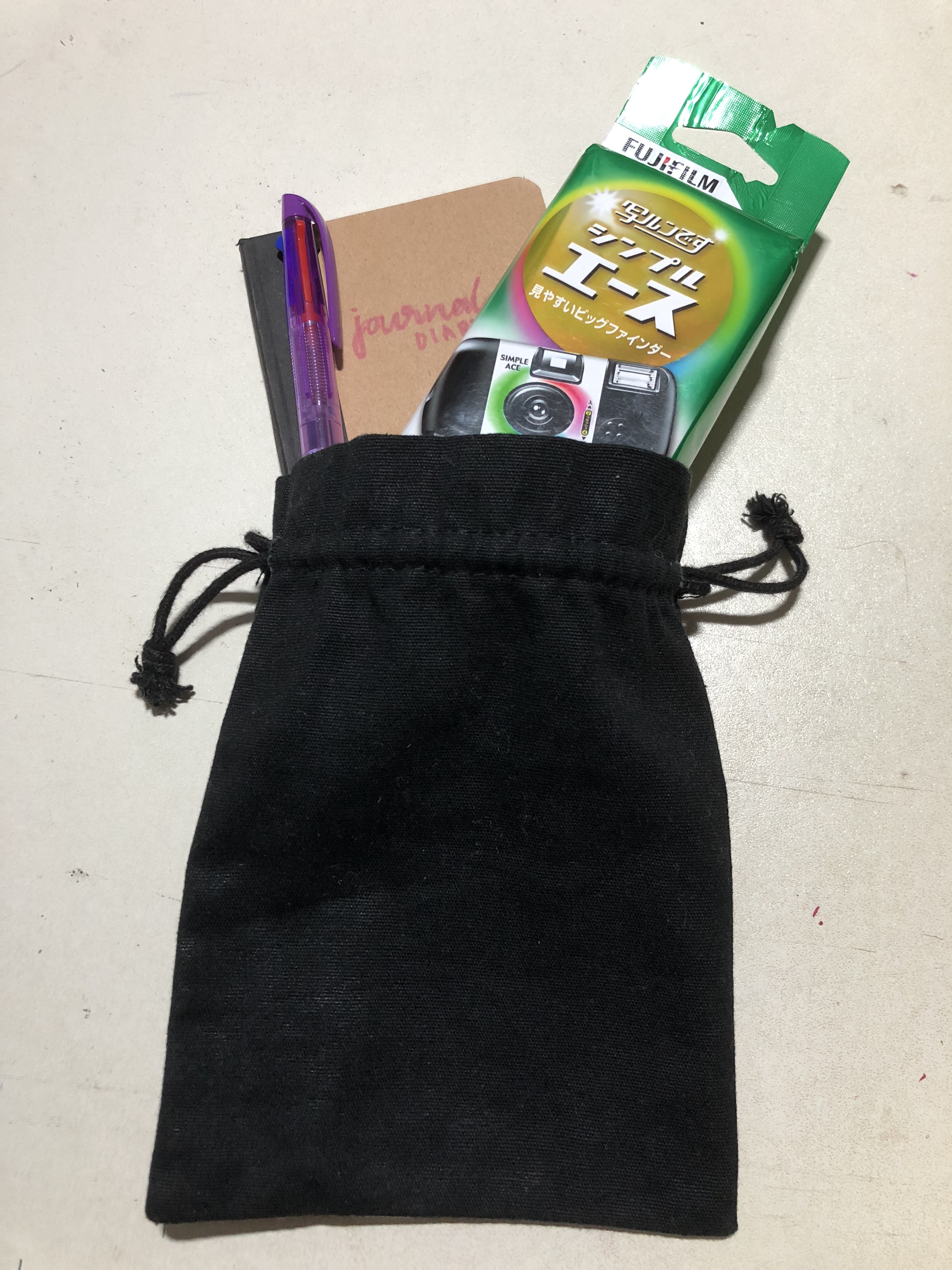
The tasks were all written in the diary as such:

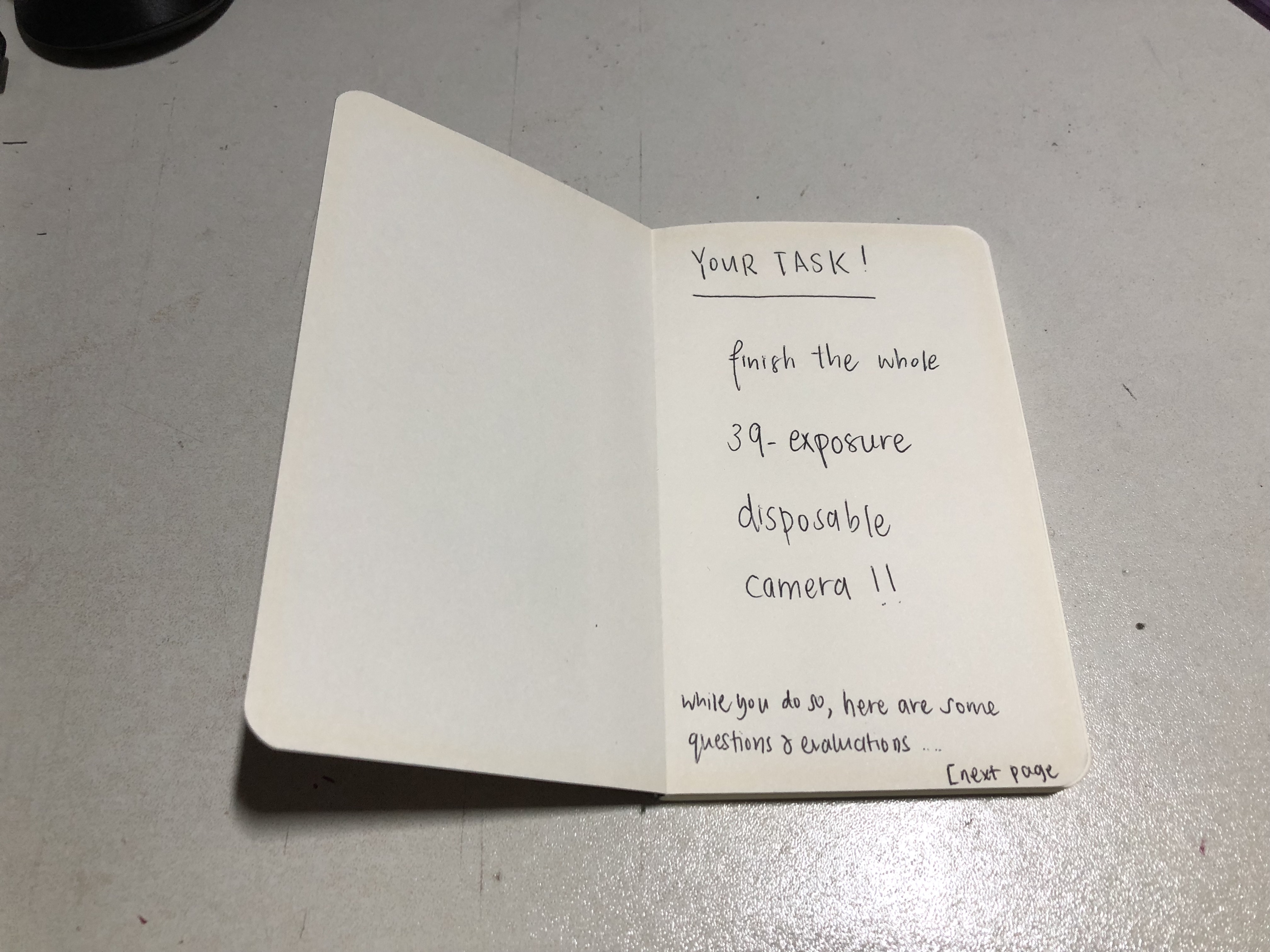
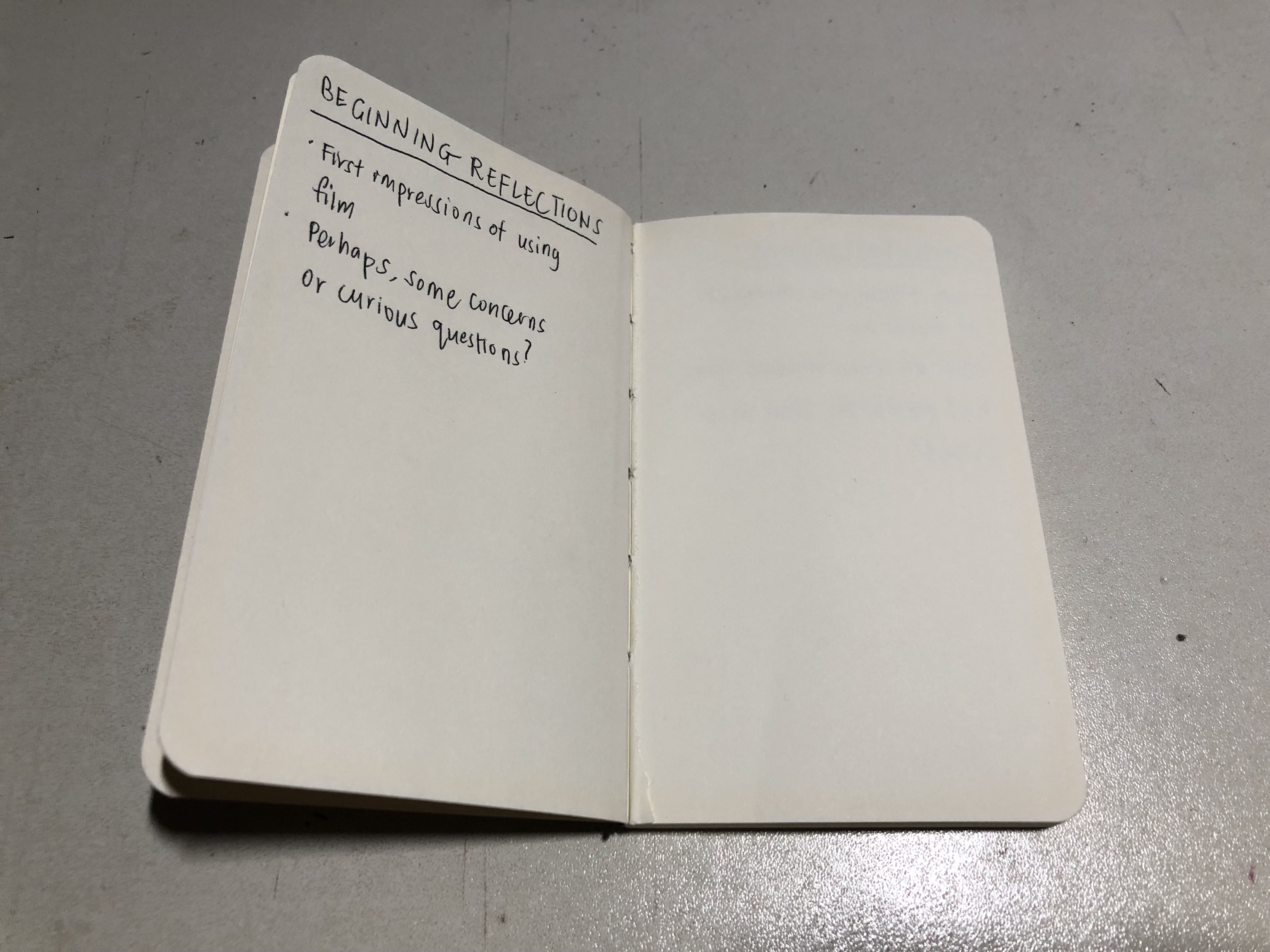
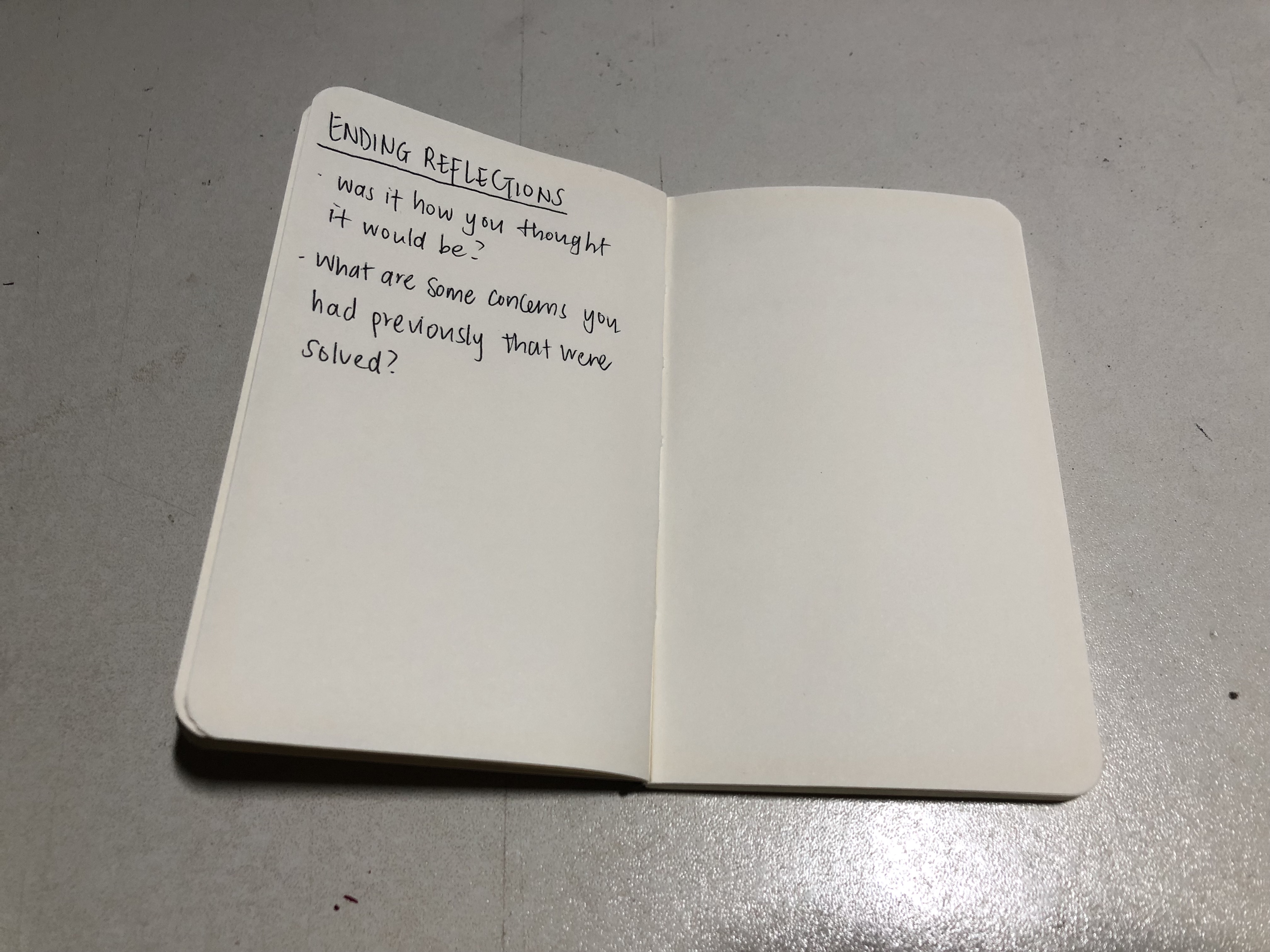

The below texts are all written by the participant
Beginning reflections
As someone who relies a lot on looking at the digital end-product first before deciding whether another photo should be taken, I’ve always had a fear of using film cameras because of the insecurity of being unable to check my photos. Also, film feels more insecure because I wouldn’t know if the picture is taken; I can’t re-create a certain scene and go back to take it after finding out that the photo wasn’t taken, especially since this is an overseas trip. Hopefully, through this experience I hope to change my perspective of insecurity towards film.
Ending reflections
I would think that since it was a disposable camera instead of a manual film one, my initial worry of photos not being taken were not applicable since disposable cameras are foolproof to use.
Something that I found myself doing is that I choose what I want to shoot with film more wisely as compared to using a digital camera. Moreover, I think that I used the camera more sparingly at the start of the trip since I was scared of “what if there are better scenes the following days?”, so I was more liberal towards the end of the trip. I’m excited to see how my photos turn out because I took them with more care.

From the results, I was quite surprised that I hardly took any portraits but I think it can be attributed to the fact that portraits are hard to come out nice so my fear of ‘wasting’ a shot is still quite apparent.
This exercise was an eye-opener to me since I have yet to experience film photography. It has also gotten rid of a few of my fears regarding film photography.
Tools:
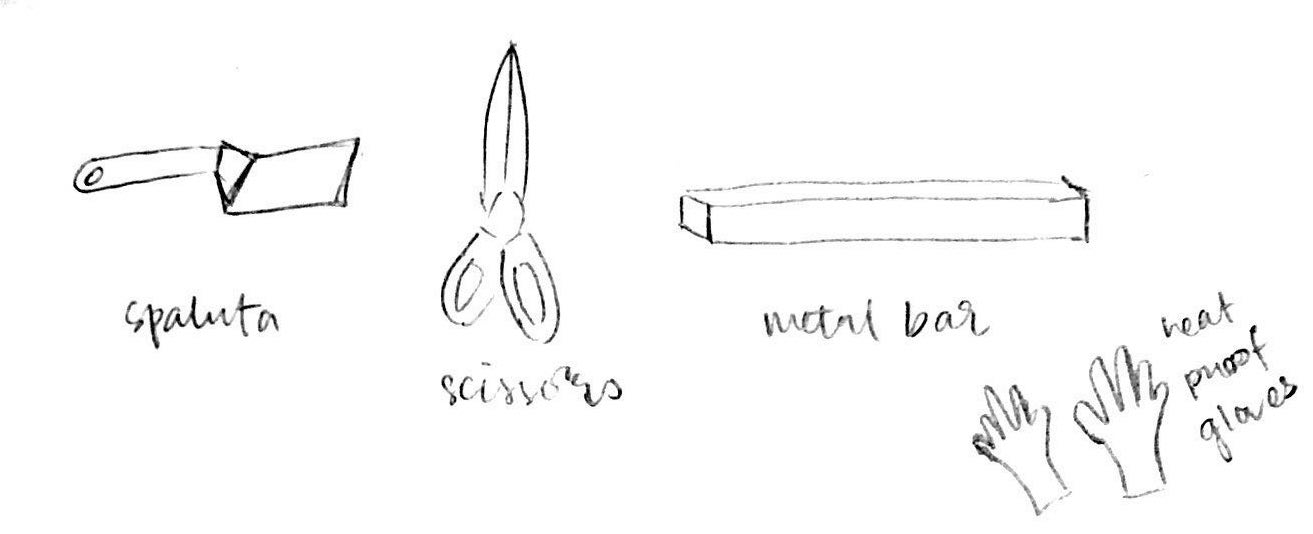

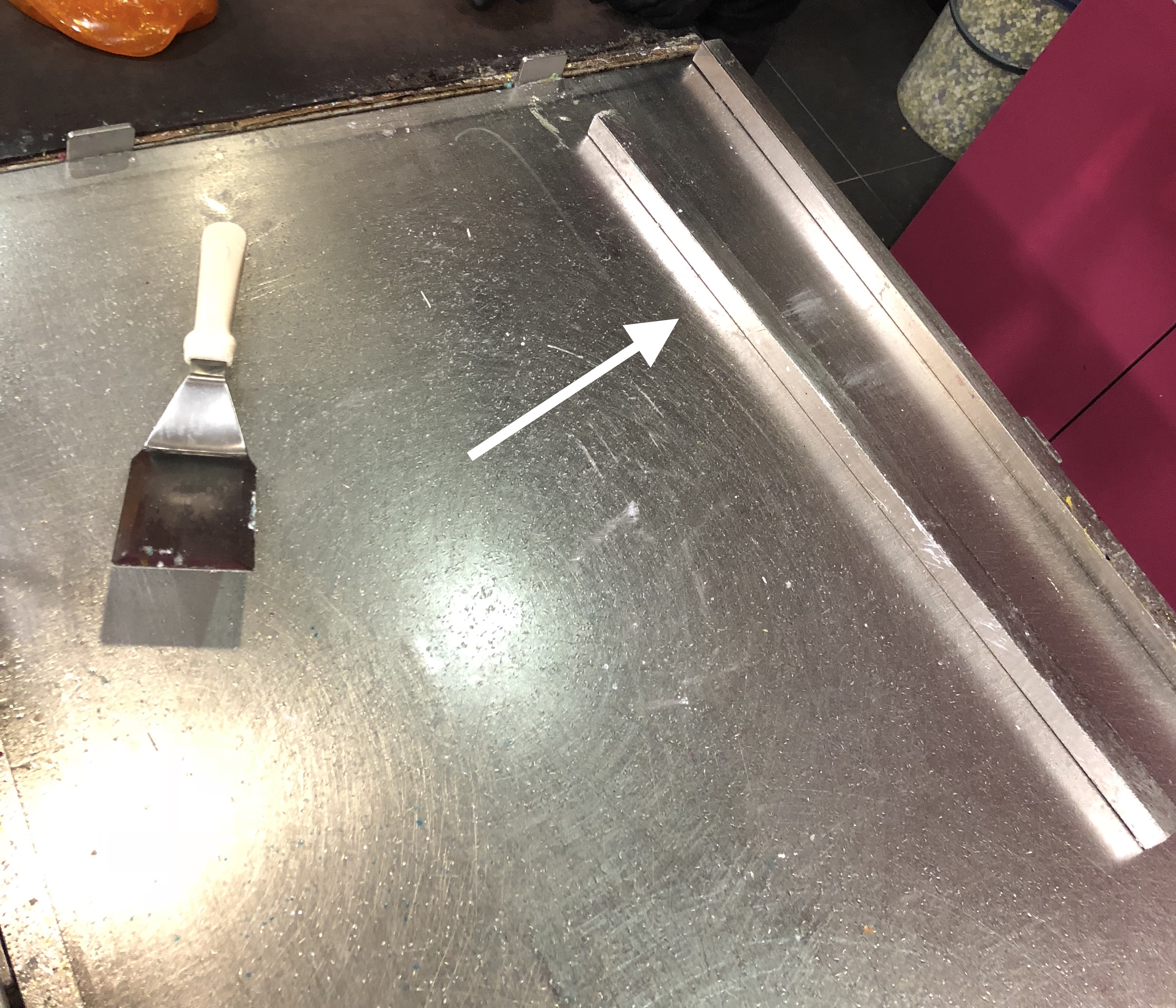
Process documentation:
First, the candy is made by boiling sugar and other ingredients in. Then, coloring is added and folded into the candy. Depending on how much of each color is required, different sizes of candy are used. The candy also needs to be stretched. For this order, the background is white with three letters in the center. The candy artists first create the letters by combining long strips of different colored candies then wraps it in a layer of white candy, followed by colors of the surrounding border. It is cooled using a fan and then cut using a metal spatula quickly and with force.
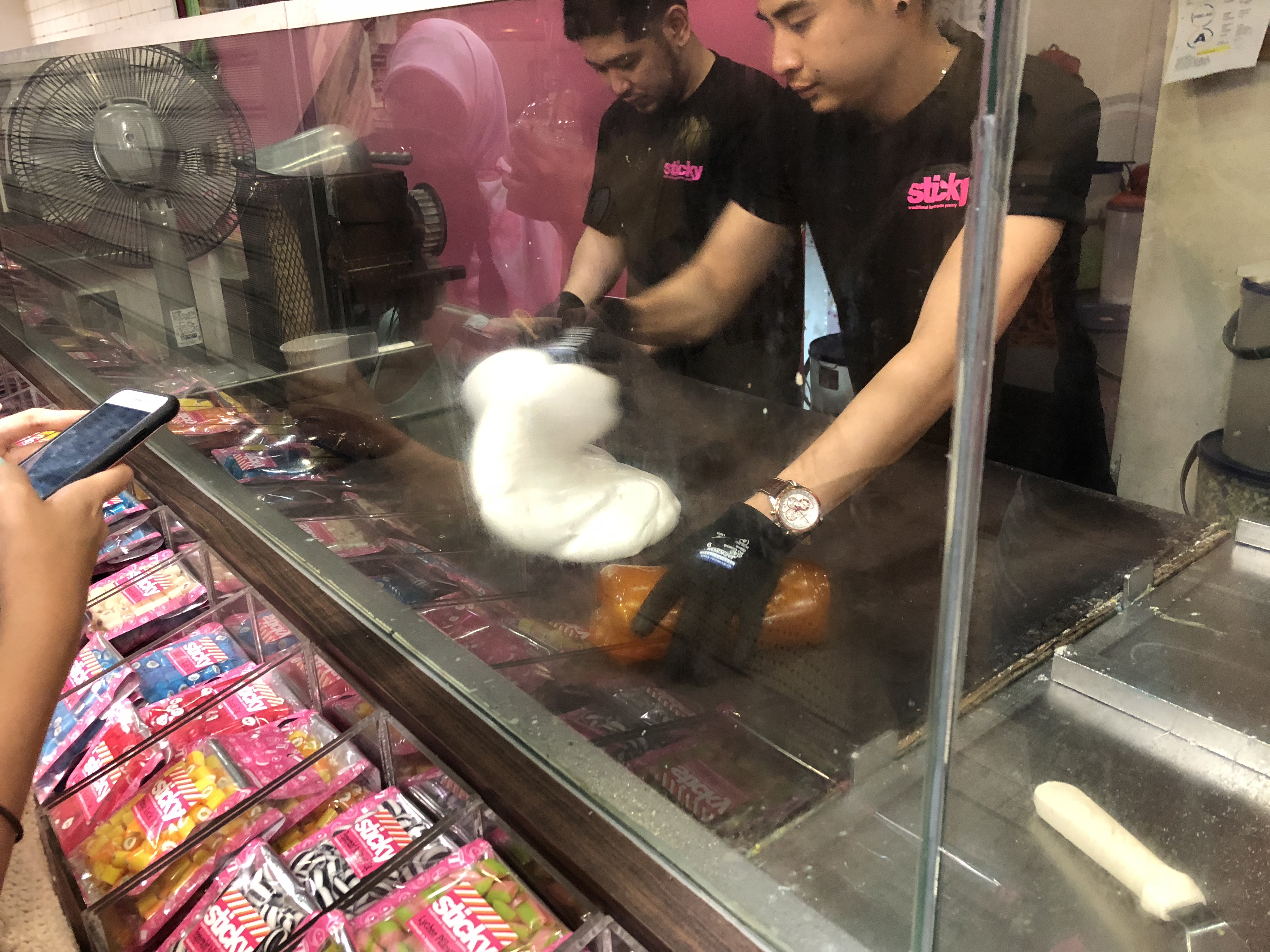

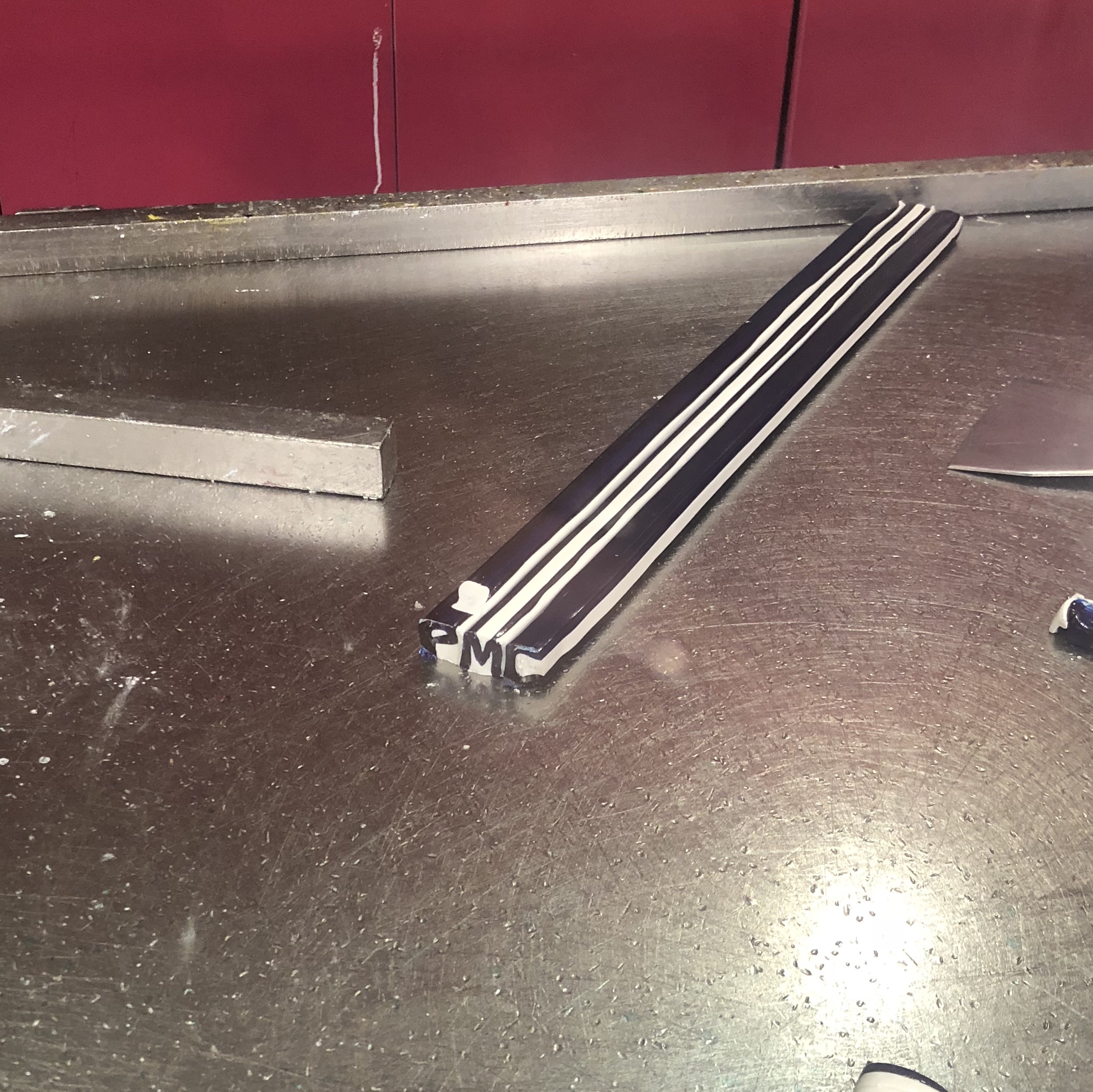

Worksite documentation:
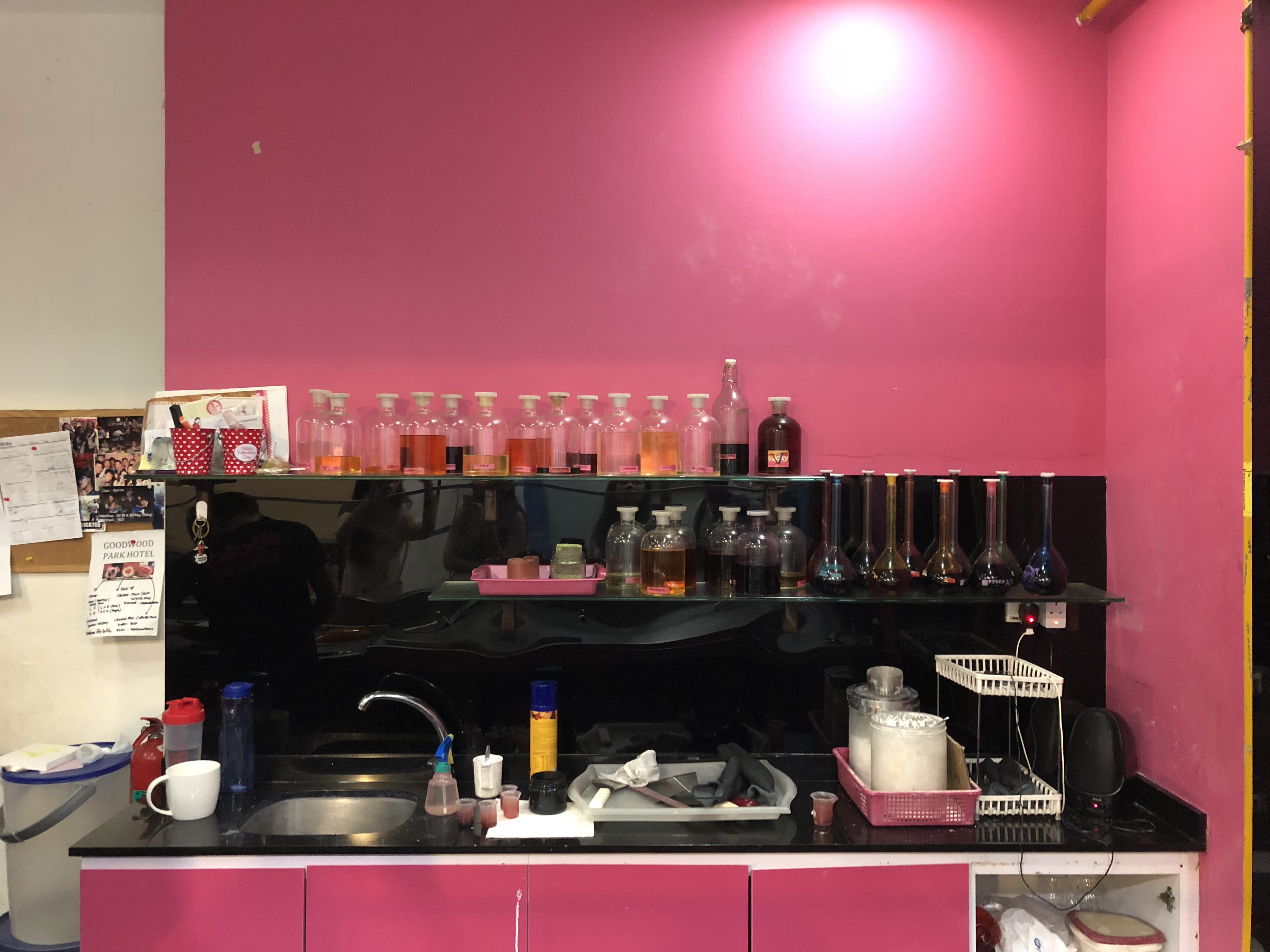

Pain points:
The candy artists have expressed that putting intricate logos are art is the toughest part.
Tools:
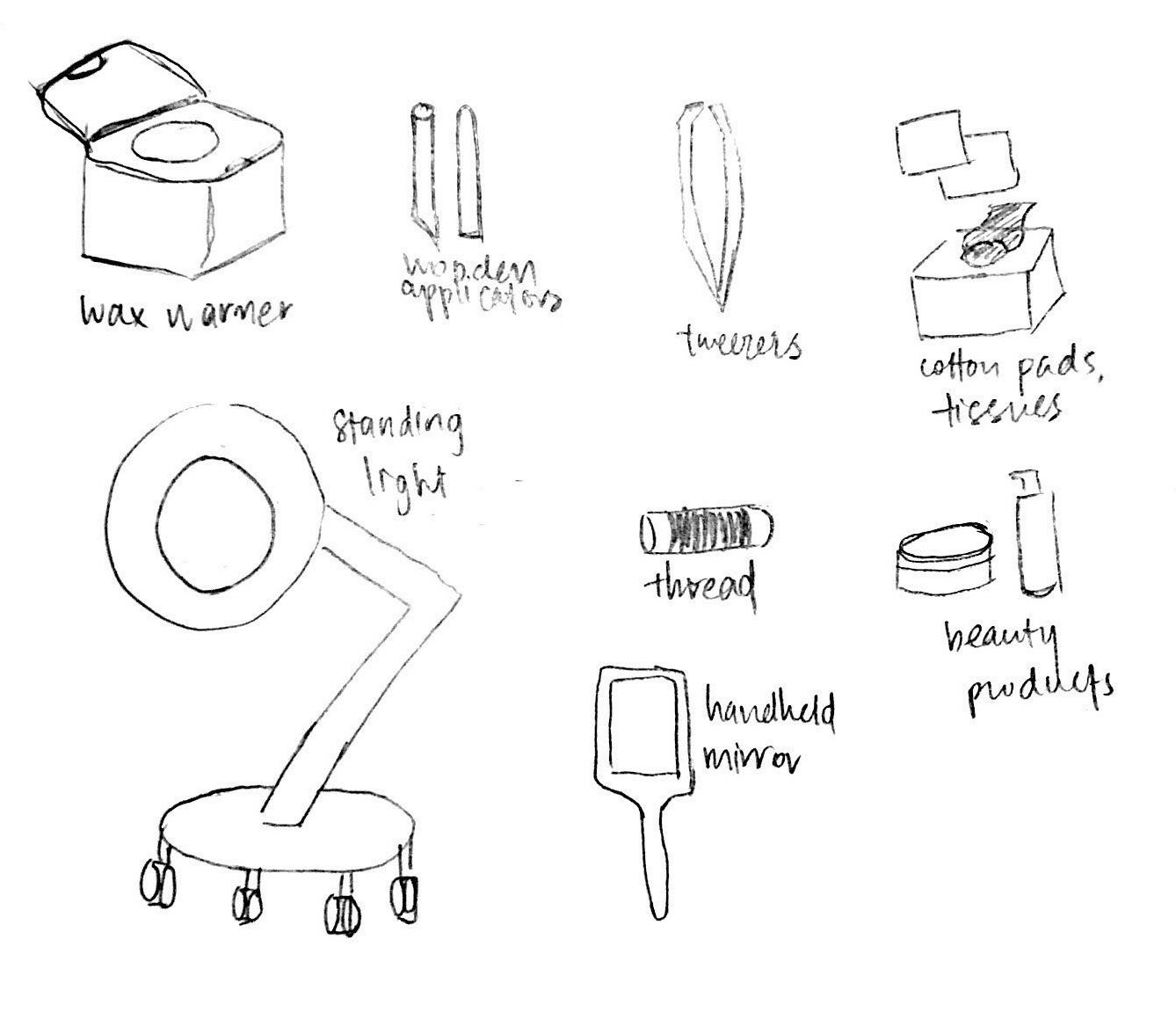
Process documentation:
The to-be-waxed area is first cleaned and powdered to ensure the wax sticks onto the skin. The wax was pre-melted in the wax warmer. Using a flat wooden applicator, she coats with a thin even layer of wax and applies it onto the skin. Then cloth strips are placed on the waxed areas and ripped in a swift motion. After all necessary areas are covered, a tweezer is used to remove hairs that were not waxed off. Residue left is removed using a cotton pad with baby oil.

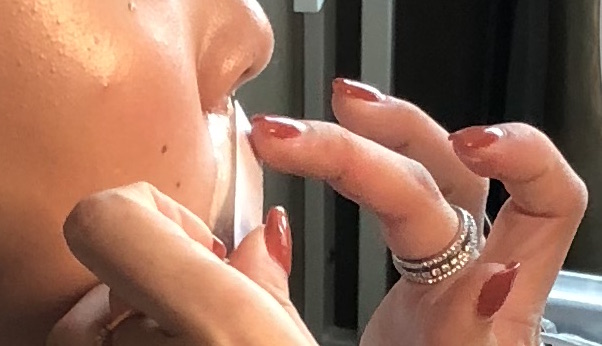
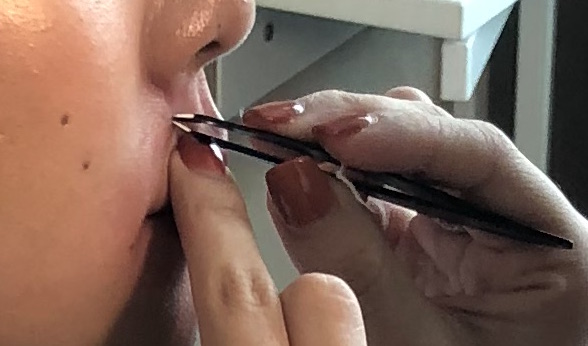
Worksite documentation:
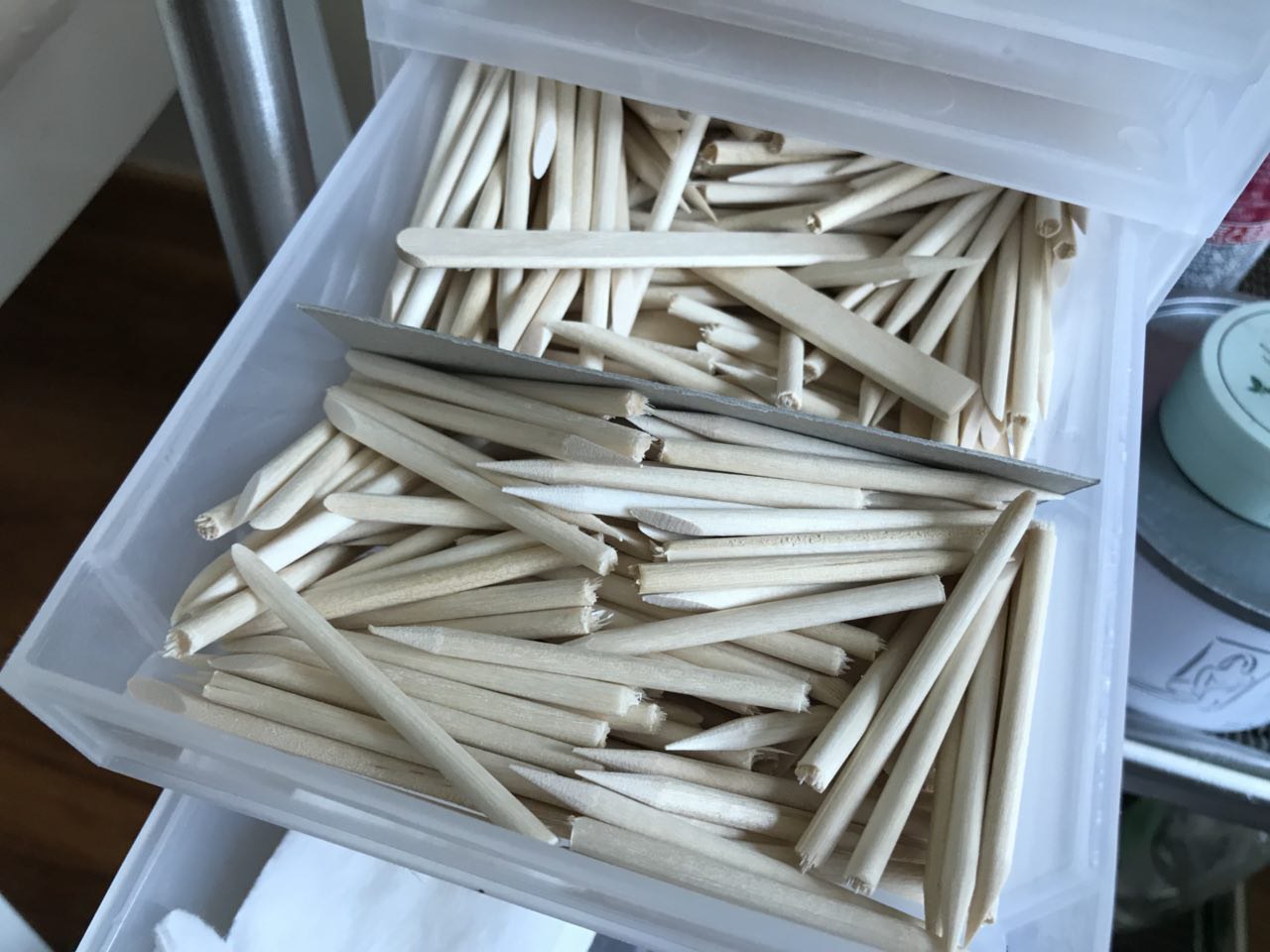
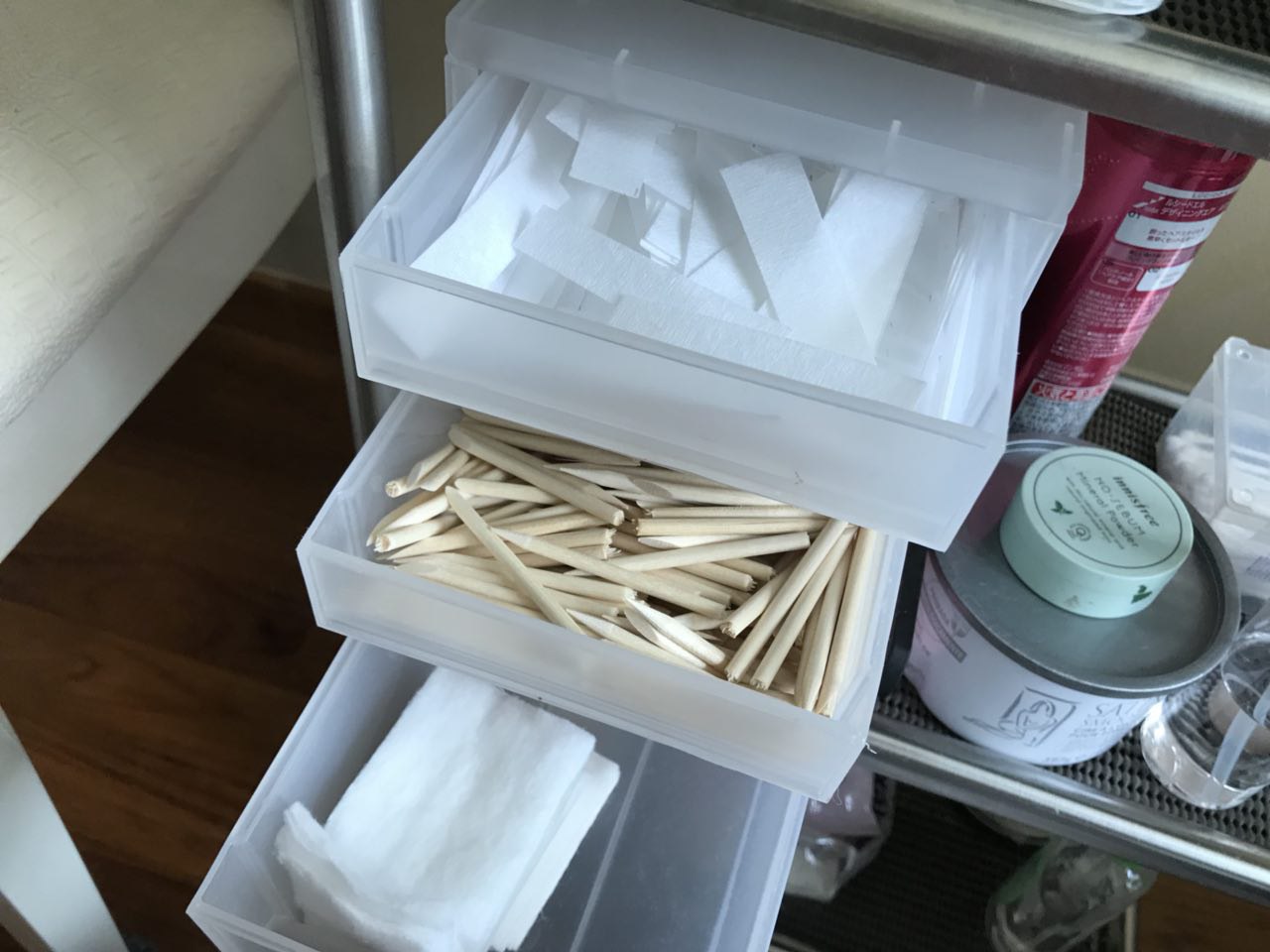
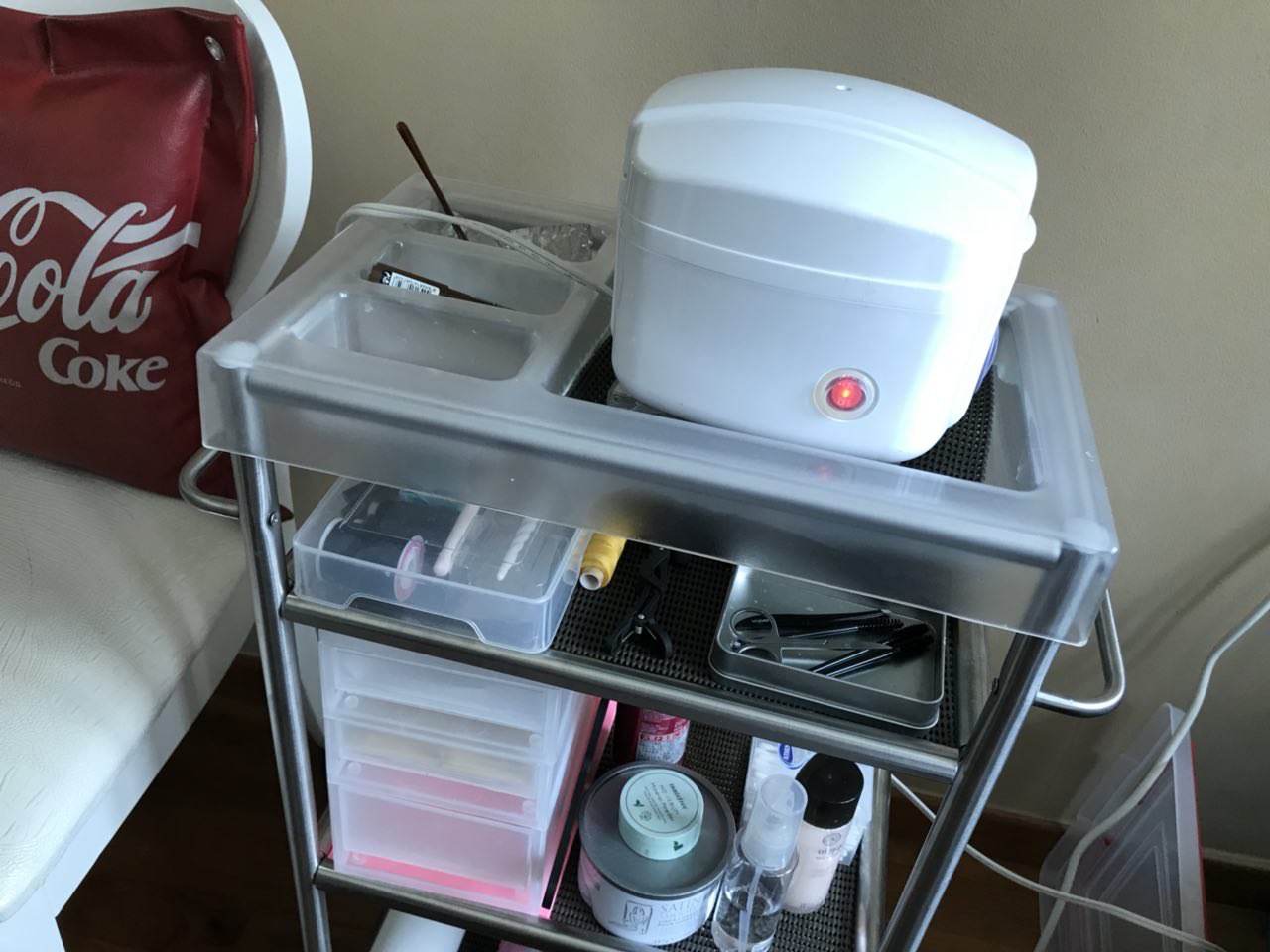

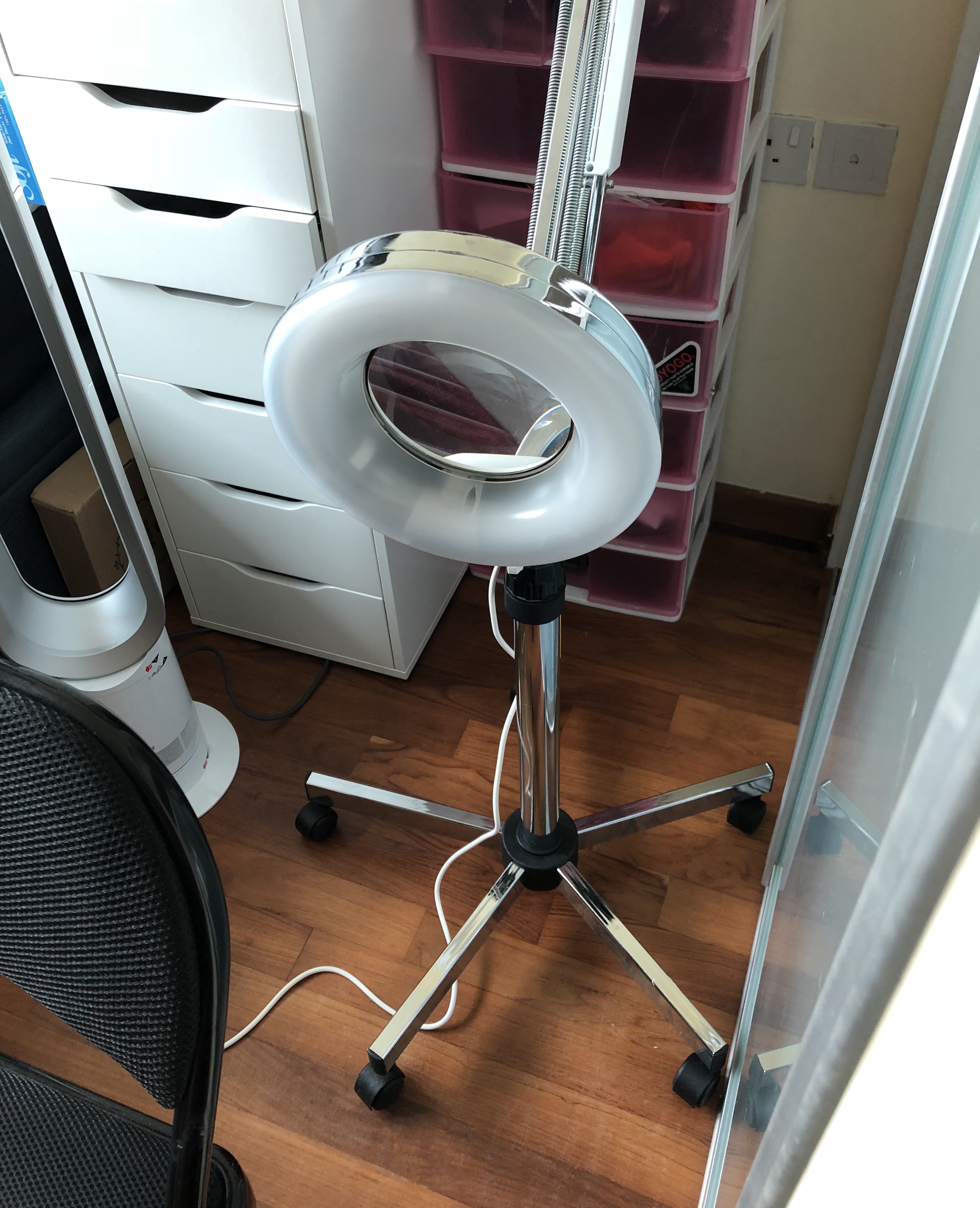
Pain points:
Since it is a home beauty parlor at an estate neighborhood, the location is inconvenient for customers. It might even deter potential customers from enlisting her services. She also relies mainly on recommendations by friends or social media to market her business.
Tools:

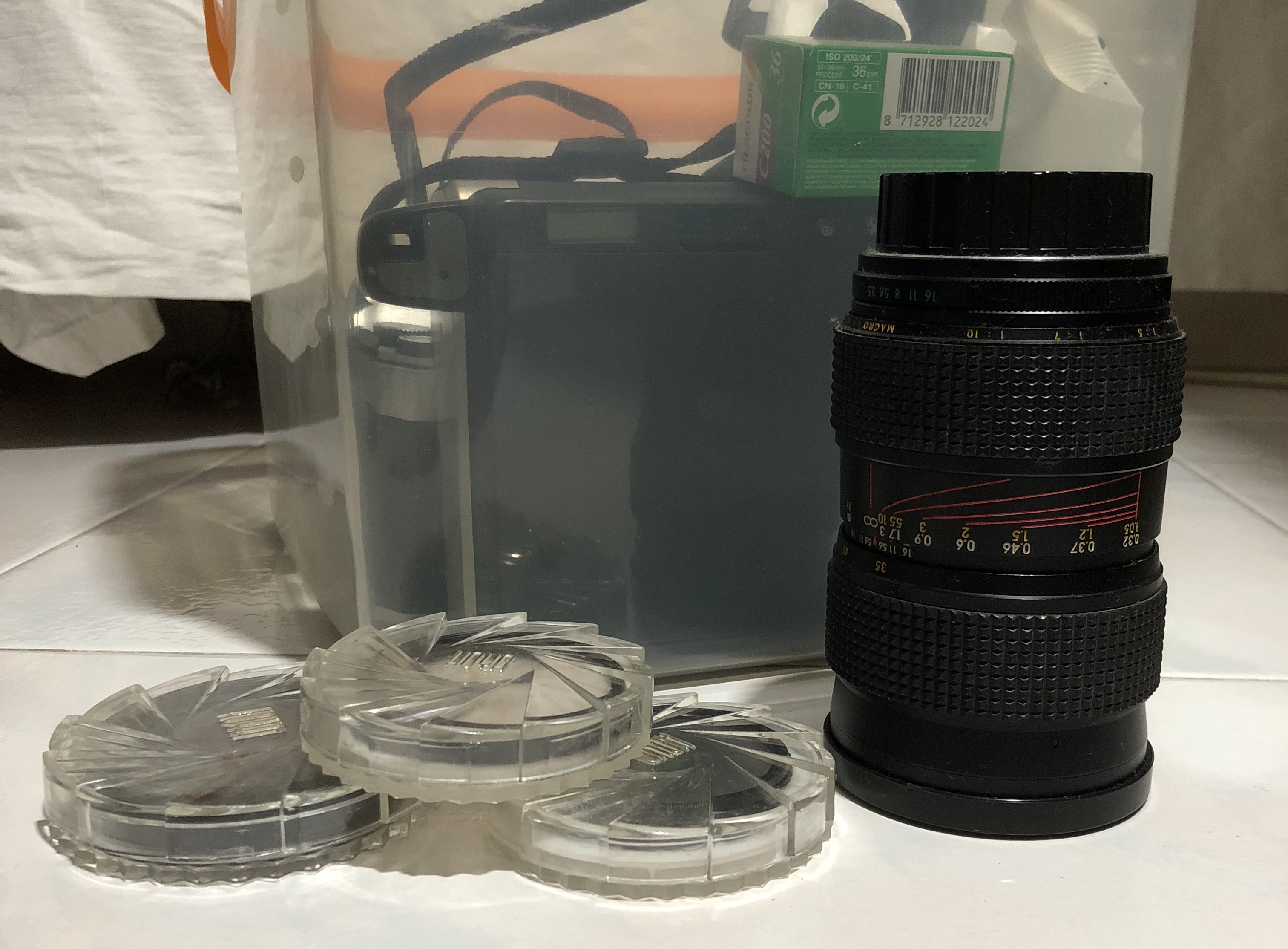


Process documentation:
It starts with loading in the film roll. Usually a film roll has around 30 exposures (exposures in this context means number of photos). Depending on the subject shot, different lenses are used. Most portrait film photographers use 35mm prime lenses. By looking at the light sensor in the viewfinder, the exposure can be adjusting using aperture (usually found on the lens) and shutter speed knobs. The film advance lever is then pulled to “load” the film and the shutter is pressed. Due to how tedious the developing process is, my friend sends them to a local photo shop to get them developed and burned into a CD, instead of printing the photos out directly because this method saves money.
Worksite documentation:
Film cameras, as with other cameras, are kept in a dry box. My friend has yet to think about investing in a proper dry box since they are pricey so she uses silica gel bags in a box to improvise for now.
Pain points:
Loading the film roll is the hardest part since it is the most important part about film photography: loading the film roll the wrong way will result in pictures with wrong exposures and weird coloring. Despite having loaded film rolls plenty of times, she still chooses to follow YouTube tutorials step-by-step for the fear of loading it the wrong way.
Creative Practice
Photography
Tools Used
Lens pens
Air blower
Peak Design neck strap
Collapsible reflector sheet
Memory card holder (box)
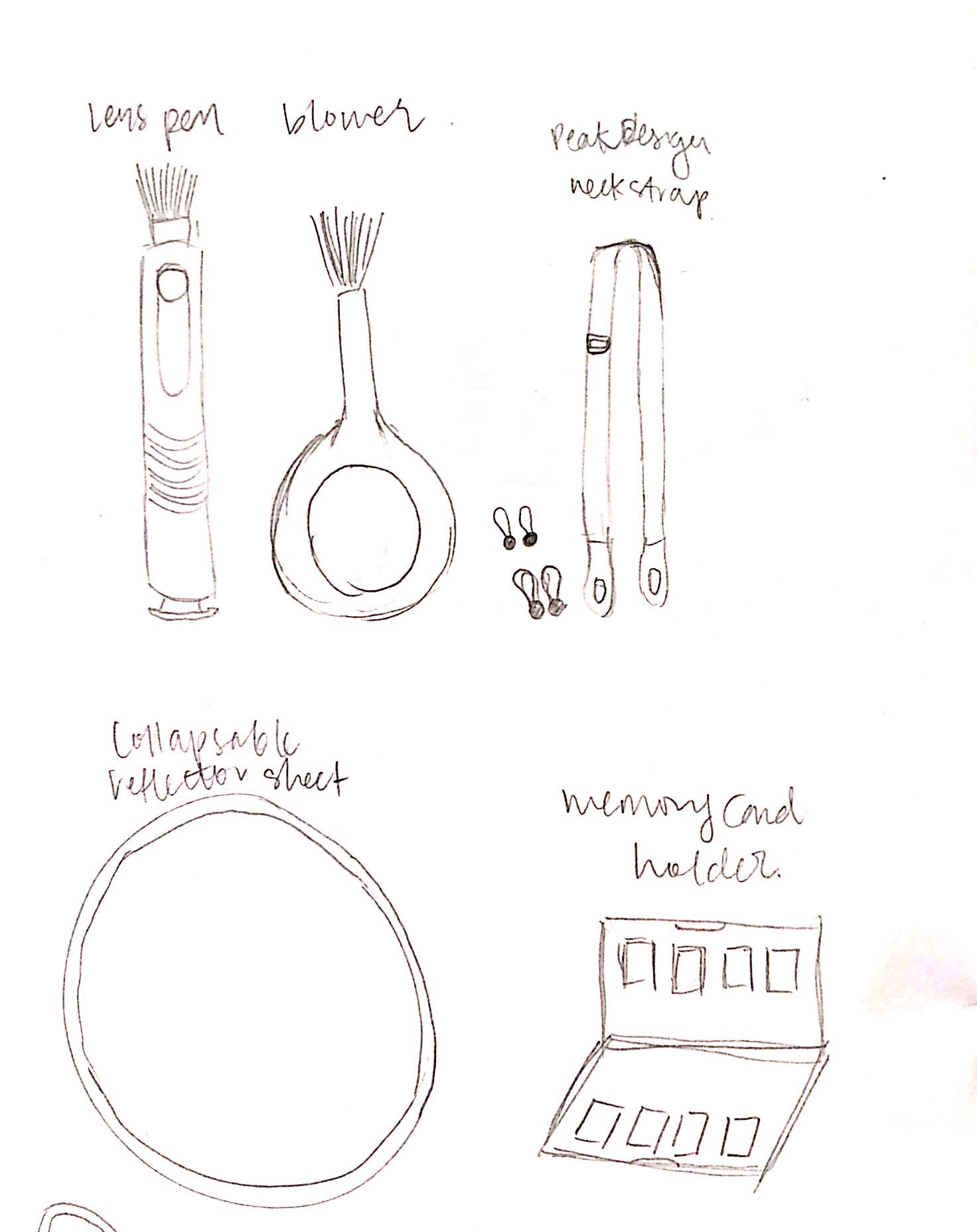
Model and Prototype
To begin with, I sketched out two ideas. The first idea is the one that doesn’t work while the second idea is feasible.
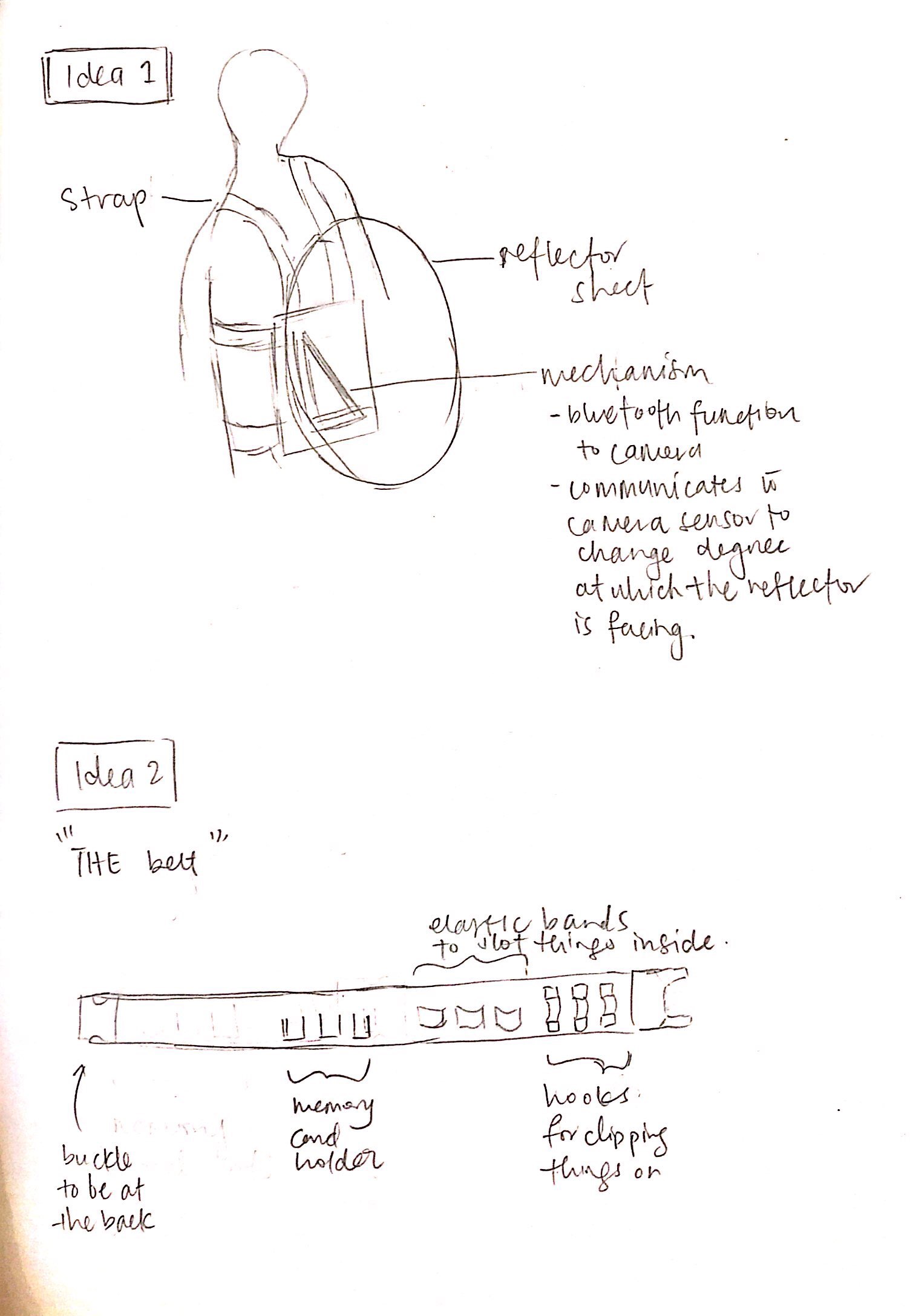
Idea 1
The first idea involves creating a mechanism that is attached to a reflector sheet and connected to the camera being used. According to the light sensors on the camera, the mechanism is supposed to react accordingly by changing the angle which is it at.
Idea 2
My second idea was to make a utility belt for photographers who do outdoor photography. Since tools they used are usually thrown into a bag, and can be quite messy or inconvenient to find things, creating an all-in-one utility belt will make their lives easier.
It includes memory card slots and elastic slots, which are both made using elastic bands to ensure that memory cards or equipment don’t slip and fall out while on the move.
Since many photographers nowadays use Peak Design straps, they are able to switch between different types of neck and hand camera straps. The hooks on this utility belt allows them to conveniently hang their unused straps and interchange them easily.
The buckle will also be on the back since photographers go into uncomfortable positions, most of which require them to bend forward. Thus, having the buckle at the back would not hinder their movement as much.

Character Descriptions: Tim and Tam, husband and wife
Maps, imagery, sketches, relationship maps:
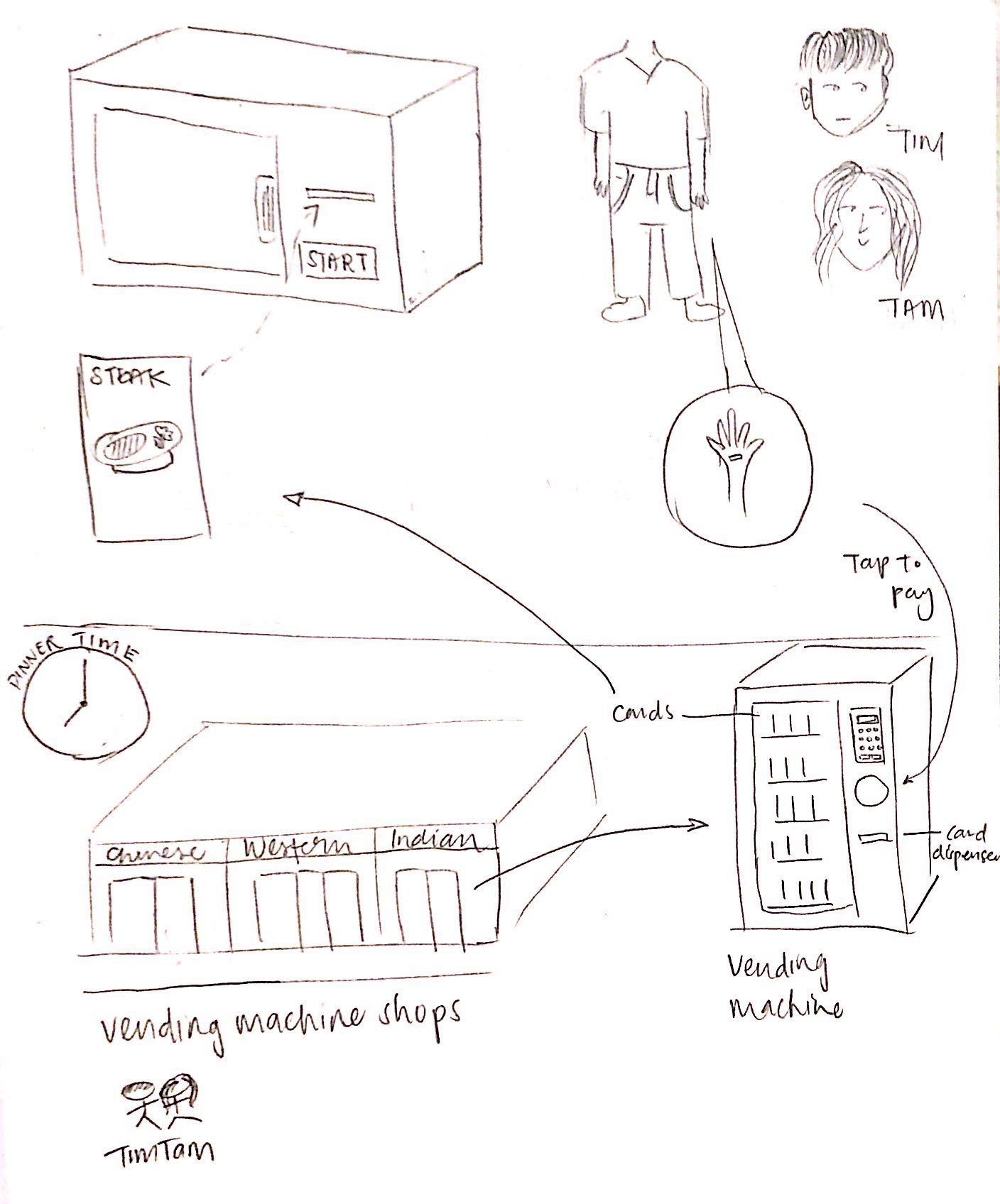
Important Technology:
Food cards that turn into real food through a;
Food machine
Payment by hand-chip
Antecedent technology:
Cashless payment society
Vending machines and convenient food
Genre: Slice of Life
Story:
It’s dinner time. After work, Tim and Tam head off to restaurants behind their apartment. They walk past a series of shops with different cuisines and decide on Western food. They select the ‘Steak set’ from the menu. They lift their hands to order and in no time, their “food” is served.
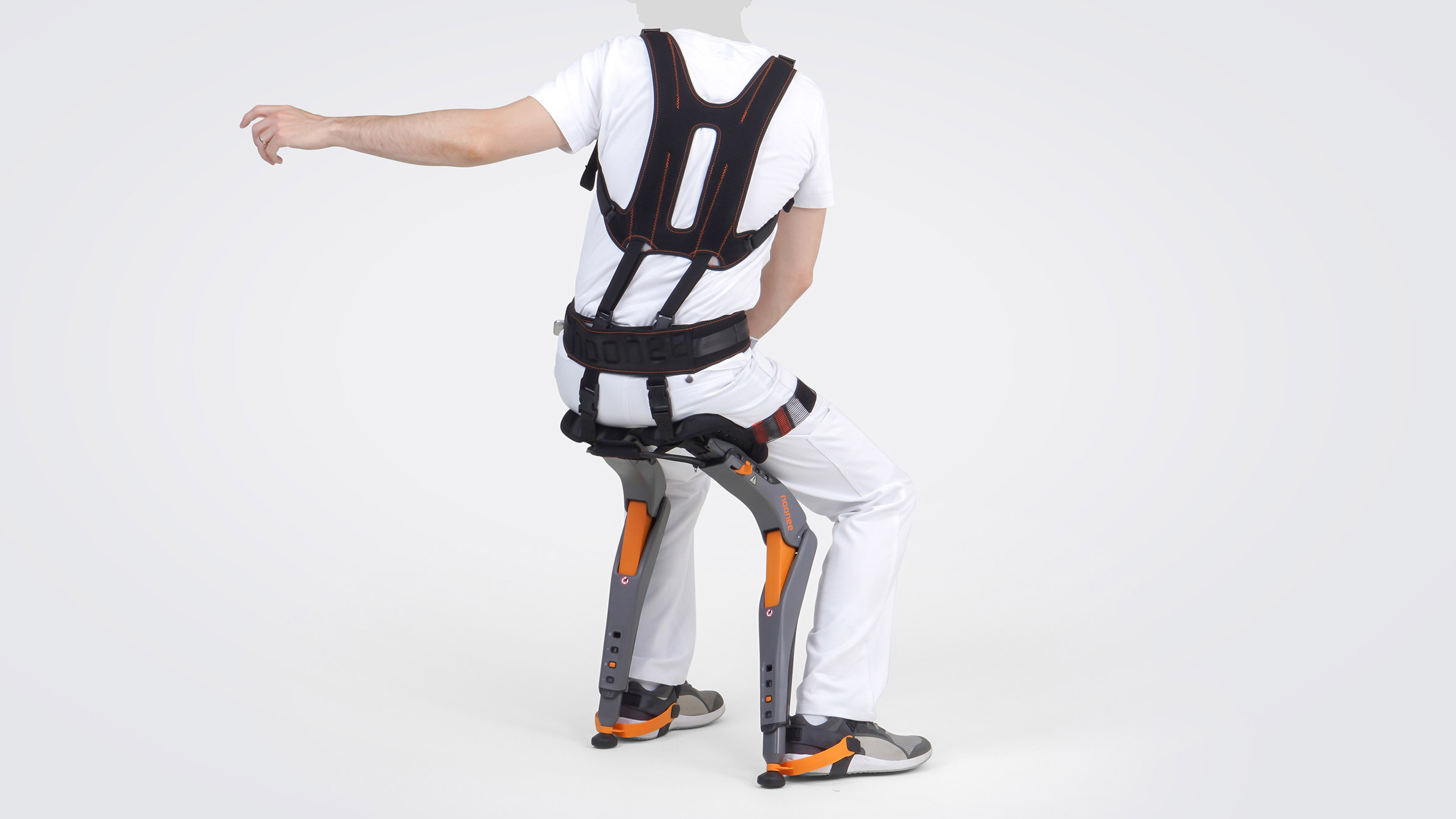
Practice it works in
The ‘Chairless Chair’ is designed primarily for manufacturing environments where workers need to stand for prolonged periods of time. Since having a chair in manufacturing environments can pose as obstacles or safety hazards, the ‘Chairless Chair’ aims to remove such worries while providing comfort for its users.
Its specific use
It is designed as a “wearable skeleton”. The user can walk around freely and receive support when squatting, crouching or bending. This reduces the physical strain in laborious occupations, in turn reducing absences and early retirement.
Mobility
Users can comfortably walk around and the wearable exoskeleton will provide support, instantly, should they need to go into an uncomfortable position. There is a torso harness as well as torso and thigh straps to ensure that the wearable chair fits snugly. Moreover, the seat does not disrupt the user’s movements when walking around.
Utility vs Fashionability
The ‘Chairless Chair’ is mainly made for the purpose of utility rather than fashionability since it looks rather tacky.
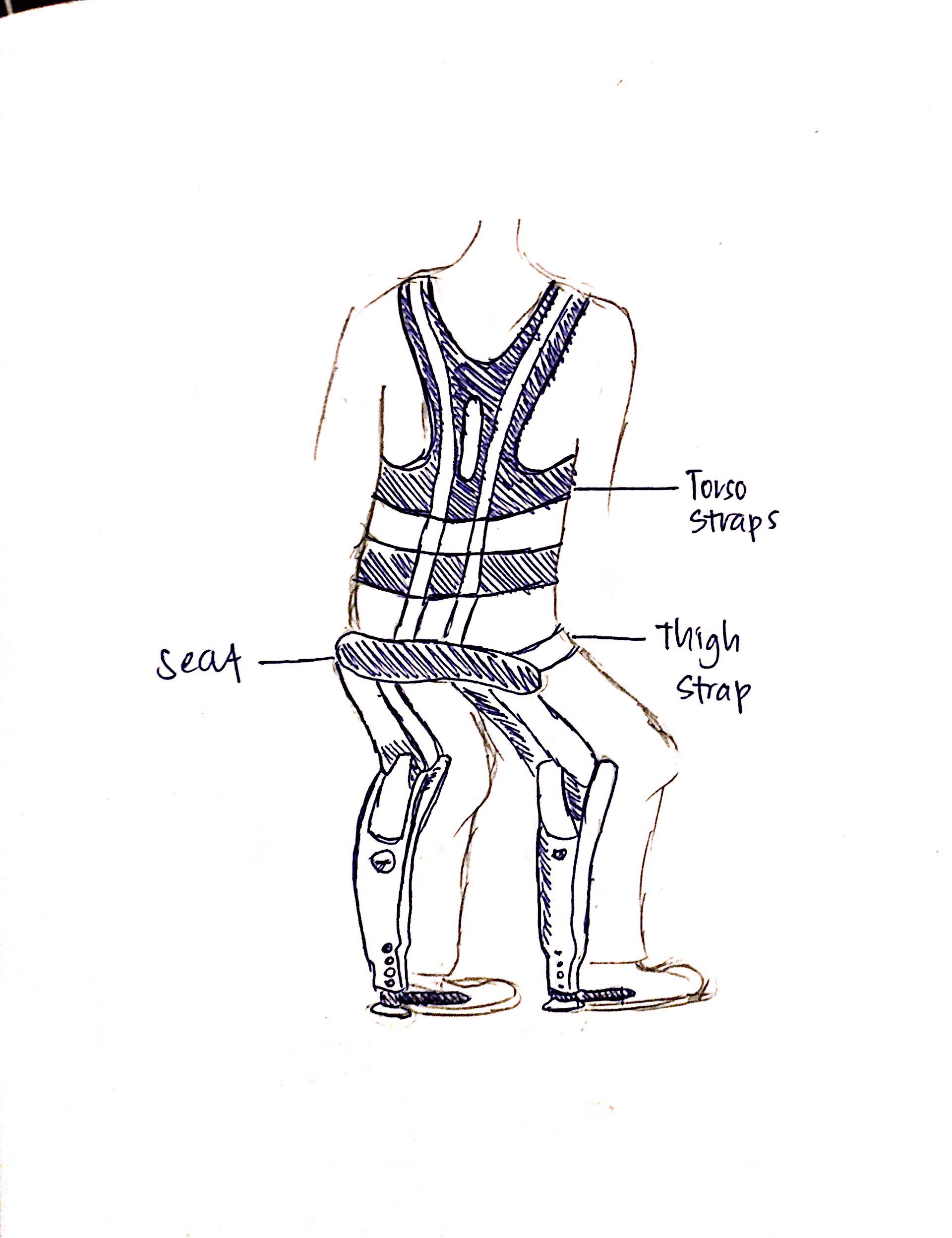

Practices it works in
This backpack is the all-in-one toolbox for fishermen to load their equipment.
Its specific use
The Backpack has the following features:
– LED light
– Tray storage
– Sunglass holder
– Plier holder
– Retractable lanyard
– Front pocket
Each of the above feature has a unique purpose which allows for equipment to be properly stored and organised. Tools such as pliers, which may potentially damage other equipments, and sunglasses, which are fragile, are kept away in different compartments to protect other equipments or make it more convenient to reach to.
Mobility
Since everything is incorporated in a bag, it is convenient to bring around and equipment is properly organised for convenient retrieval.
Utility vs Fashionability
The Backpack is focuses more on utility rather than fashionability because of its simple design, colour and practical add-ons. It could look bulky and thus, too tacky to be fashionable.
